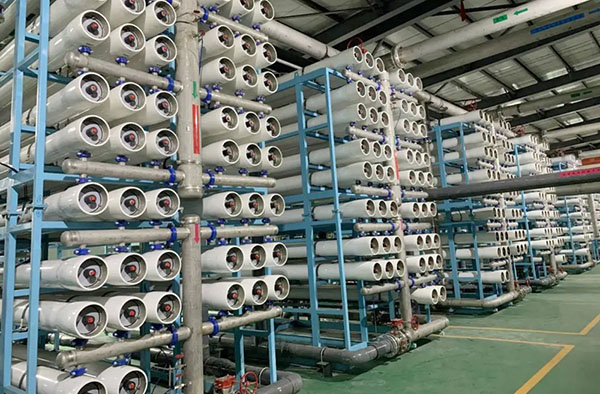Why is Seawater Desalinated Before It Can Be Consumed?
As we all know, seawater cannot be directly consumed by humans, and needs to be seawater desalinated before drinking, so do you understand the specific reasons for this?
Why Can't Human Beings Drink Seawater Directly?
In terms of basic human survival, drinking water is second only to breathable air, so literally having access to it can mean the difference between life and death.
If you've ever accidentally taken a sip or a noseful of water while swimming in the ocean, you'll agree that swallowing it is the last thing you want to do. In addition to its unpleasant taste, this salty liquid is also toxic to humans.
Unlike the super-efficient kidneys or nasal glands of marine creatures like seals and penguins that remove excess sodium from the bloodstream, humans are not fit to drink seawater.
Our kidneys filter out excess salt from our blood by drawing all the available fresh water from our cells and then producing urine. However, because seawater contains about four times more salt than blood - 35 grams per liter compared to 9 grams per liter - our bodies quickly run out of the fresh water needed to remove all the sodium. In other words, if you swallow some seawater, you'll have to urinate more water than you drink to get rid of all that extra salt.
Desalination is then especially important, and most desalination used today is based on the reverse osmosis principle.
Reverse Osmosis Principle
Reverse osmosis desalination requires the use of an osmosis membrane (i.e., a membrane that allows water to pass through it at a much higher rate than dissolved salt). Osmotic membranes are naturally found in organisms everywhere. An osmotic membrane is also known as a semi-permeable membrane because it allows some components to pass while preventing others from passing.
Osmosis in nature is the transport of a dilute solution across a semi-permeable membrane to a concentrated solution on the other side. the process of RO is exactly the opposite of osmosis. In osmosis, solvent water passes through the membrane until the pressure difference across the membrane equals the osmotic pressure (approximately 350 psig at the freshwater/seawater interface). In RO desalination, an applied pressure greater than the osmotic pressure on the brine causes fresh water to flow across the membrane while preventing the solute (salt) from doing so. The higher the applied pressure above the osmotic pressure, the higher the rate of freshwater transport across the membrane.

评论
发表评论